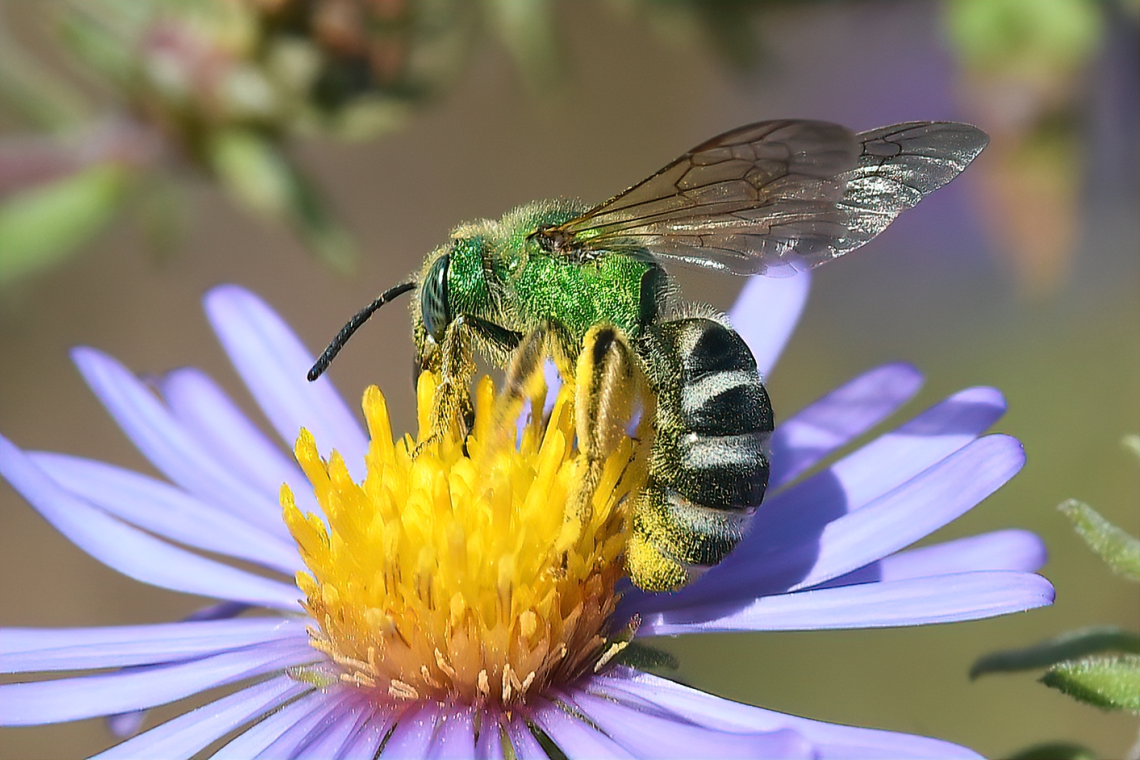Conemaugh Valley Conservancy
Executive Director
In a post-industrial landscape, it is important to restore natural environments to healthy condition and encourage public visitation. The Conemaugh Valley Conservancy (CVC) has been promoting habitat restoration and outdoor recreation since 1994. Construction and maintenance of hiking and cycling trails provides the public with attractive opportunities to enjoy our rejuvenated environment. In addition, CVC organizes an annual triathlon as well as a four-day canoe and kayak river sojourn on the Conemaugh River, through magnificent gorges.

In 2022, I joined CVC as Executive Director to continue good work across a broad landscape. The Conemaugh watershed includes 1,887 square miles across five counties. The basin stretches about 150 river miles from headwaters east and south of Johnstown, PA, then down-river through Blairsville and Saltsburg to where the Kiskiminetas river joins the Allegheny. The river winds through the landmark 1,650-foot deep Conemaugh Gorge.
The legacy of intense development of coal mines and steel mills left this region deeply scarred and polluted. Dedicated and wise mitigation efforts by several organizations have revitalized once-dead rivers to become healthy assets. Volunteers under CVC guidance monitor more than 250 sites where abandoned mine discharge threatens a watercourse.
See the excellent documentary, A River Reborn, created by Foundations for Pennsylvania Watersheds to learn the story of one of the great successes of environmental rehabilitation.
For more information about CVC, visit our website.


Ecology

I began my career as a behavioral ecologist and sociobiologist. My early work included reproductive behavior, kin recognition, and nest construction in wasps (and one bee paper), with nest construction and architecture becoming a major avenue of research. With my students at Ohio State, I published also on spider webs, photic behavior in fireflies, case construction and evolution of feeding behavior in small moths, and swarming in locusts. Upon arriving at Carnegie Museum, I began to publish on forest community ecology. Throughout this time, I developed a strong and separate thread of phylogenetic research.
Phylogeny

My studies of the evolution of nest design in social wasps required an understanding of taxonomy and systematics (formal nomenclature and grouping of species) and phylogenetic perspectives (the distribution and transformation of biological characters across species, genera, and higher groups.) I was one of a few leaders who formalized the use of behavioral or ecological characters in computerized phylogenetic analyses. My lab published widely on wasps, ants, beetles, moths, locusts, damselflies, and spiders, including ecological studies. We also published some influential methodological and commentary papers regarding phylogenetic methods.
Pollinators

The global crisis in the collapse of insect populations is especially worrisome with respect to pollinators. Honey bees were particularly recognized as suffering, and “Colony Collapse Disorder” was named to characterize the sudden disappearance of managed honey bees from their nest boxes. Mortality rates remain high, with bee keepers losing about half their colonies each year in Pennsylvania.
Insect pollinators are responsible for most of the fruits and vegetables we eat, representing about one bite in three from your dinner plate. Pollinators play a role worth about $24billion in economic terms for agriculture (and a greater, unassessed value for the ecosystem in general). The Congressional Pollinator Protection Caucus was formed to address concerns over the situation, and grassroots programs sprang up all over the country to encourage pollinator friendly decision-making. The important issues here are complex, sometimes political, and the enthusiasm of activists sometimes drowns out more carefully considered advice.
Here, I provide a brief update and some perspective on the issue. I am a career entomologist, a “hymenopterist,” meaning a specialist on ants, bees, and wasps. I am not a honey bee keeper, nor do I have any connection to industry or government offices connected to the pollinator crisis. Keep in mind that scientific perspectives change with new information, and there is no Oracle of Truth.
